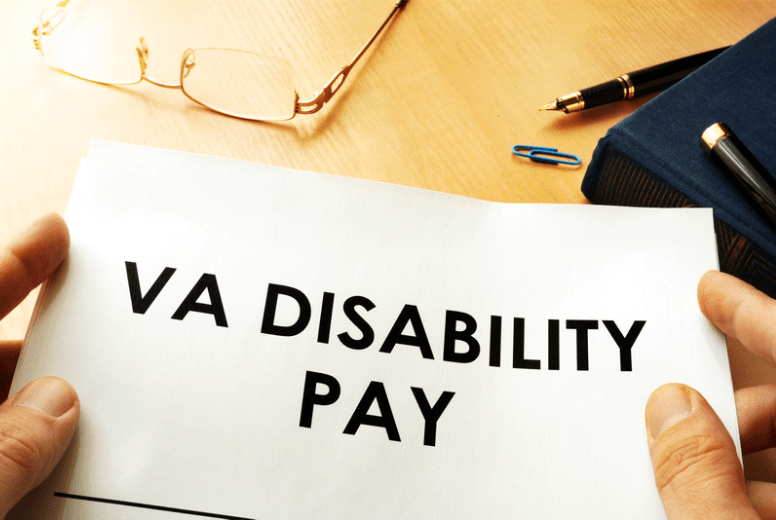What is Cardiomyopathy?
Cardiomyopathy is a disease of the heart muscle that makes it harder for the heart to pump blood to the rest of the body. Cardiomyopathy can lead to heart failure.
The main types of cardiomyopathy include dilated hypertrophic, and restrictive cardiomyopathy. There may be no signs or symptoms in the early stages of cardiomyopathy. But as it advances, signs and symptoms include:
- Breathlessness with exertion or at rest
- Swelling of the legs, ankles, and feet
- Bloating of the abdomen
- Cough while lying down
- Fatigue
- Rapid, pounding, or fluttering heartbeat
- Chest discomfort or pressure
- Dizziness, lightheadedness, or fainting
What Causes Cardiomyopathy?
Contributing factors for cardiomyopathy include:
- Long term high blood pressure
- Heart damage from a heart attack
- Chronic rapid heart rate
- Heart valve problems
- Metabolic disorders
- Use of some chemotherapy drugs and radiation
How to Get VA Disability Rating?
To establish a service connection for cardiomyopathy veterans must demonstrate: (1) a current diagnosis of cardiomyopathy; (2) an in-service event, injury, or illness; and (3) a medical link between the current diagnosis and in-service event.
Veterans can also be eligible for a secondary service connection if they are able to show that their cardiomyopathy is “at least as likely as not” caused or aggravated by a primary service-connected condition.
How is Cardiomyopathy Rated?
A physician performing a veteran’s exam will take a MET test for any heart condition. A MET test, or exercise test, checks for how much oxygen is being used by the body to perform increasingly strenuous tasks. 1 MET is the amount of oxygen a person uses while at rest.
| Rating | Symptoms |
| 100% | If there is one or more of the following: (1) continuous congestive heart failure; (2) The condition scores 3 METs or less on a MET test and causes shortness of breath, fatigue, chest pain, dizziness, or fainting; or (3) Left ventricular dysfunction with an ejection fraction of less than 30% |
| 60% | If there is one or more of the following: (1) Two or more episodes of congestive heart failure in the past year; (2) The condition scores 4 or 5 METs and causes shortness of breath, fatigue, chest pain, dizziness, or fainting; or (3) Left ventricular dysfunction with an ejection fraction between 30 and 50% |
| 30% | If there is one or more of the following: (1) The condition scores 6 or 7 METs on a MET test and causes shortness of breath, fatigue, chest pain, dizziness, or fainting; or (2) Evidence (x-ray, electro-cardiogram, or echocardiogram) or hypertrophy or dilation |
| 10% | If there is one or more of the following: (1) The condition scores 8, 9, or 10 METs and causes shortness of breath, fatigue, chest pain, dizziness, or fainting; or (2) continuous medication is required |
Veterans Help Group have been supporting veterans in getting the benefits they deserve since 1995. If you or a loved one served, and suffer from cardiomyopathy, we are here to help. Call Veterans Help Group at 855-855-8992 or complete our free veterans benefits case evaluation form.

How to Apply for VA Disability Compensation
It's one thing to know how to apply for VA disability compensation. It's another to understand the...

What is the VA DBQ?
What is the VA DBQ? A VA Disability Benefits Questionnaire (DBQ) is a form used to convey...

Most Commonly Approved VA Disability Claims
Most Commonly Approved VA Disability Claims Veterans receive VA disability benefits for a wide...





